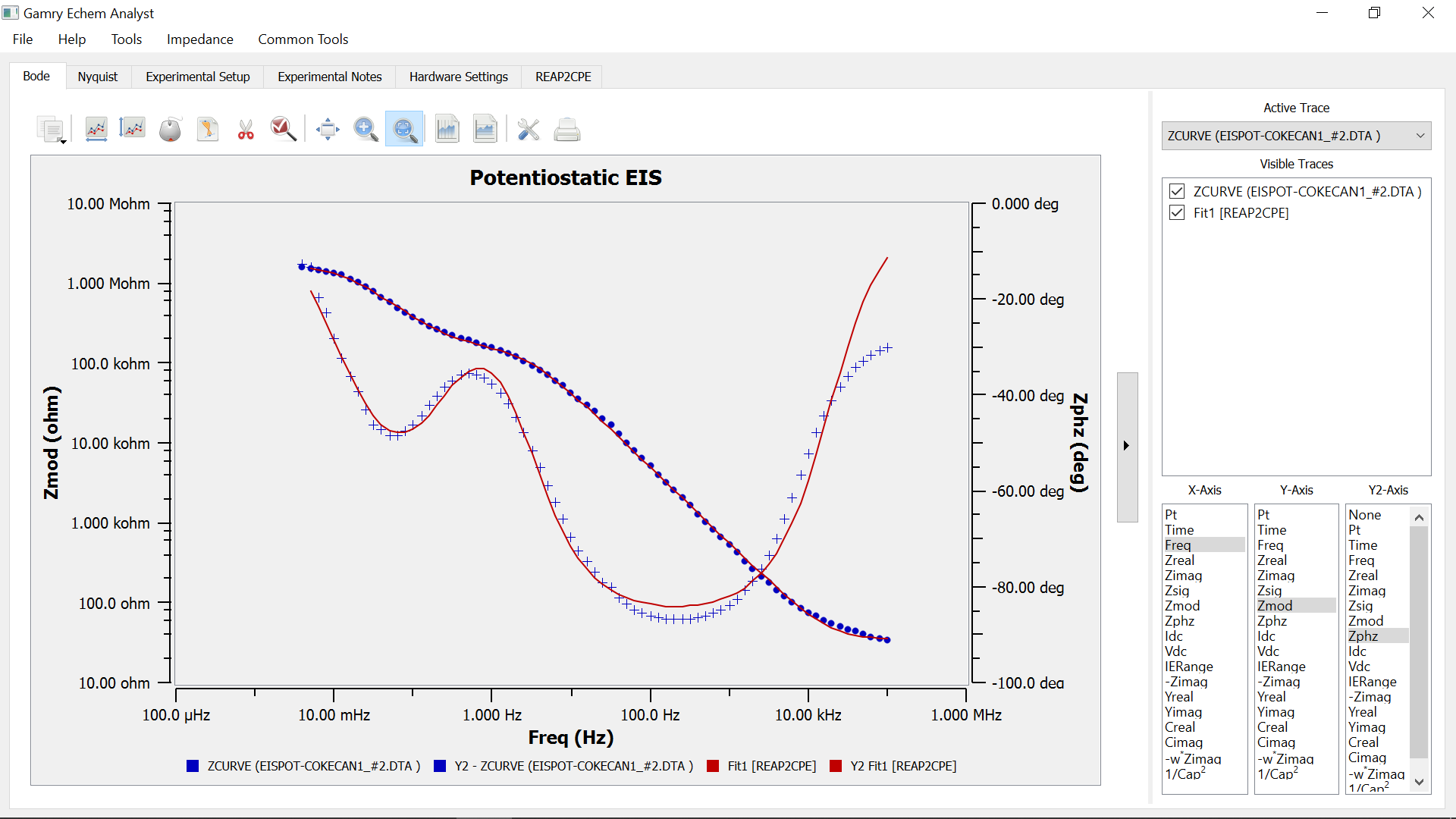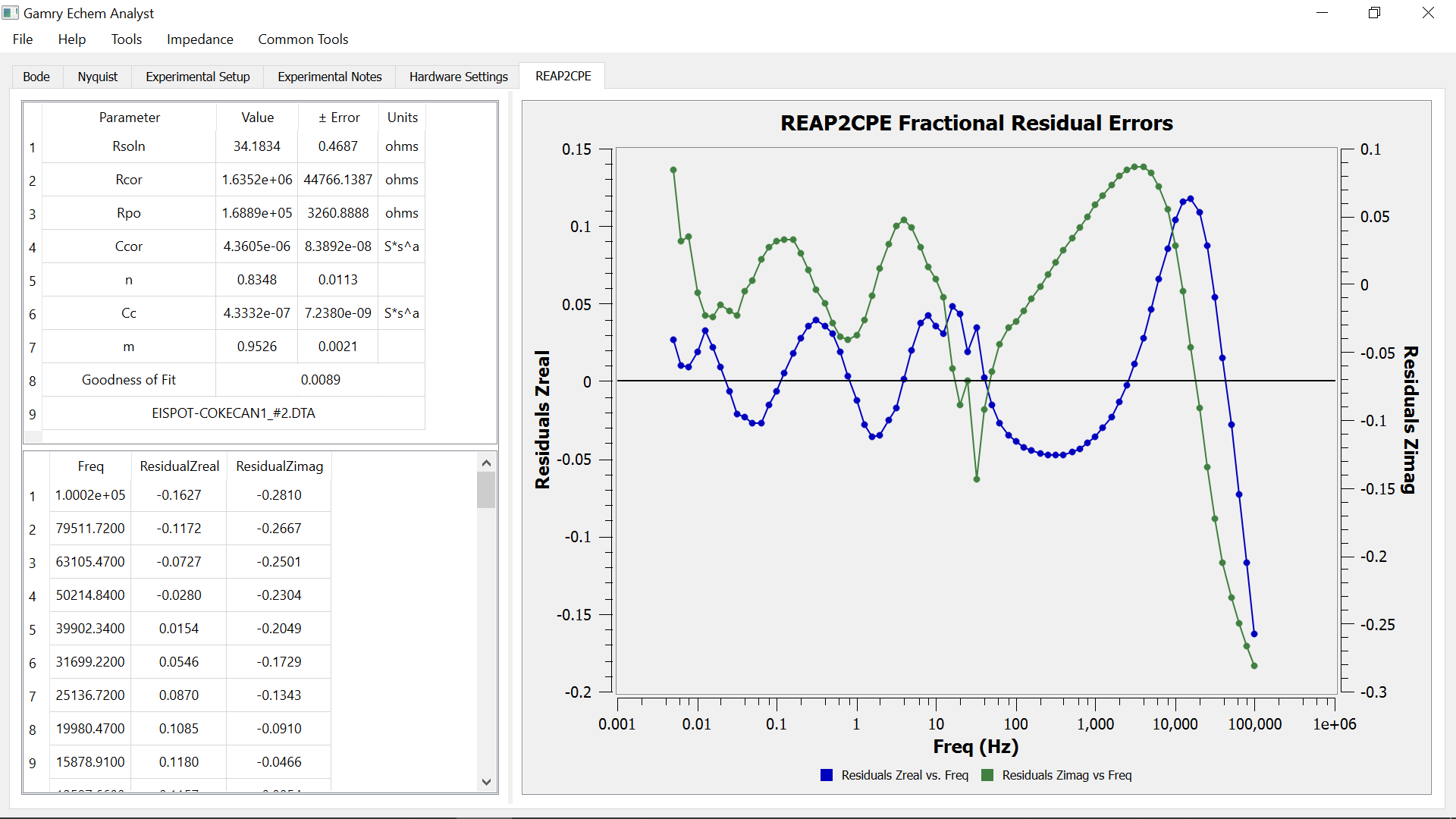Market Leader in Electrochemical Instrumentation Teams up with Qt Service Engineers
The new Echem Analyst™ software runs data analysis for various experiments in Direct Current (DC) Corrosion, Electrochemical Impedance Spectroscopy (EIS) and Physical Electrochemistry.
The Requirements
Gamry Instruments provides customers hardware and software tools to perform electrochemical research. They reached out to Qt Professional Services to update their existing analysis software package, the Gamry Echem Analyst, which missed important features and only worked on Windows systems.
Gamry had a number of requirements for their revamp of Gamry Echem Analyst, including:
- providing analysis tools that used a well-known scripting language that would allow customers to tailor them interactively,
- cross-platform operation on macOS and Windows,
- capability to do scientific plotting on large and multiple data sets, and
- utilization of their existing C++ libraries for analysis.
''Qt Professional Services worked closely with our engineers throughout the development of the new Gamry Echem Analyst to continually refine requirements and create documentation for compiling and deployment that would facilitate a smooth hand-off of the new system to Gamry’s software team.''
Abram E. Krebs, VP of Market Development, Gamry Instruments
A Simple and Powerful Analyst Software Built with Qt
Qt Professional Services reviewed the requirements with Gamry and proposed to rewrite the Gamry Echem Analyst tool using Qt for Python (PySide2) and the open-source Qwt graphics library. Qt for Python allowed for all the operational and graphical aspects of the program to be coded in Python syntax, providing the capability for users to edit or augment their functionality at run-time as needed. Qwt provided the tools to generate scientific plots, as well as the means to tailor their axes, labels, and data points interactively.
Since Qwt is based on QtWidgets and C++, Qt Professional Services used Shiboken, the Python binding generator that is part of the Qt for Python package, to generate a Python wrapper for Qwt. This allowed for direct access to the functionality of Qwt’s C++ classes from the Python scripts of the new Gamry Echem Analyst. Shiboken was also used to create a wrapper around Gamry’s C++ analysis libraries, so their functionality could be directly accessed from the Python scripts.

